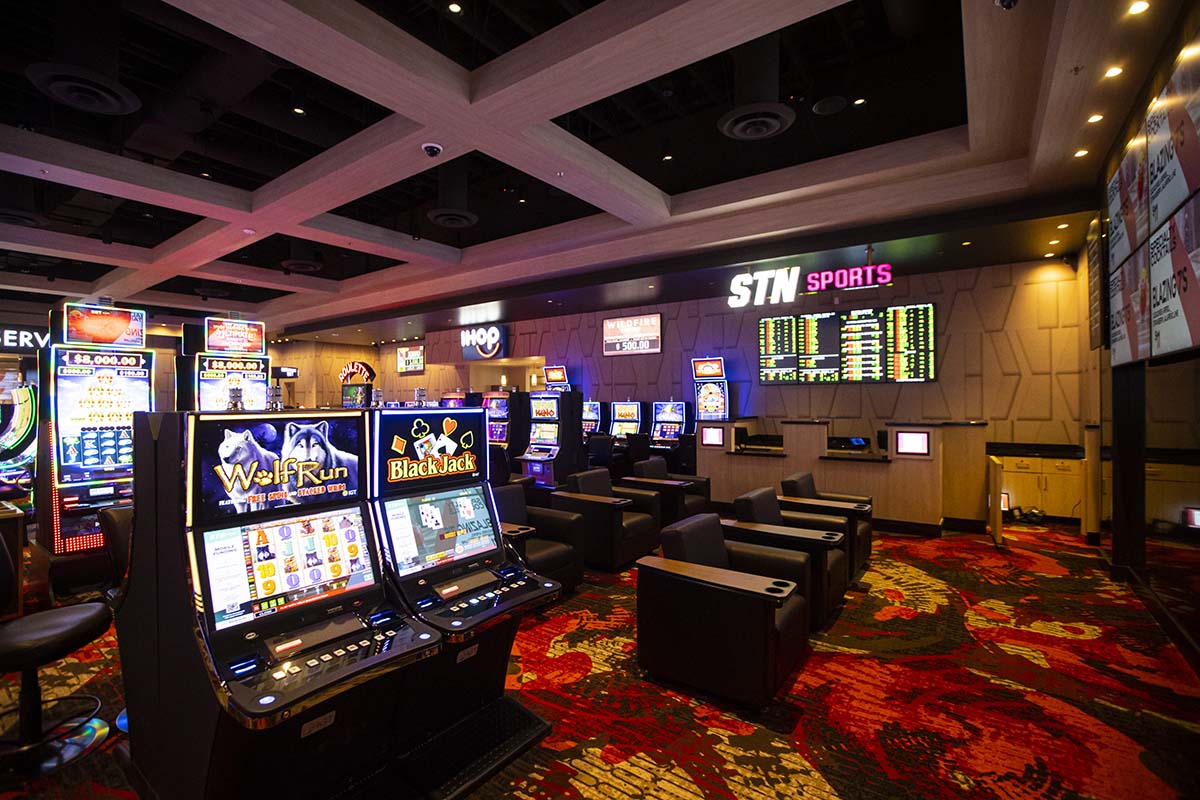
In the vibrant and thrilling world of gaming establishments, where fortune and tactics intertwine, hues and design play a pivotal role in drawing in players. As soon as players step inside a casino or access a gaming platform, they are enveloped in a sightly feast that grabs their attention and entices them to explore further. Vivid colors, engaging graphics, and innovative layouts are meticulously crafted to create an environment of excitement and expectation, ultimately enhancing the gaming experience.
While gamblers move through the dynamic landscape of casino games, they come across a variety of designs that not only serve visual purposes but also affect emotions and choices. Đại Lý 99ok Colors like red and yellow symbolize wealth and luck, while calm blues and greens can create a much relaxed environment. Grasping how these elements function together enables casinos to create an inviting and stimulating atmosphere that encourages players to interact with the games, invest more time at the tables, and boost their overall enjoyment.
The Science of Color in Casino Games
Tint plays a critical role in the creation of gambling games, influencing players’ emotional states and responses. Vivid and vibrant colors, such as scarlet and yellow, are often used to stimulate enthusiasm and capture focus. These hues create a sense urgency and energy, encouraging players to engage more enthusiastically with the game. By intentionally selecting colors, creators aim to elicit emotions of satisfaction and anticipation, which can enhance the complete game experience.
Different hues also have psychological connotations that can affect how players perceive their odds of success. For example, green is frequently associated with fortune and prosperity, making it a popular choice in activities like roulette and poker setups. This association can result participants to feel more optimistic and self-assured in their gameplay, ultimately motivating them to bet more. Comprehending these links allows game designers to design environments that enhance player satisfaction and loyalty.
In addition, the interface of casino game interfaces often utilizes color gradients and contrasting shades to direct players’ actions. For case, successful outcomes may be accentuated with bright, contrasting shades, creating a visual reward. This approach reinforces successful results and promotes repeated engagement. By exploiting color psychology, gambling establishments can develop activities that not only captivate players but also keep them involved and dedicated in their game experience.
Design Elements that Engage Gamers
The visual appeal of casino games is primarily influenced by the use of vibrant colors. 99ok đăng nhập Bright and contrasting colors are strategically chosen to create an inviting atmosphere that grabs attention. For instance, crimson and golden hues often signify luck and wealth, which is why they are common in the palettes of gaming machines and table surfaces. These colors not only draw players in, but they also stir emotions related to thrill and expectation, enhancing the overall gaming experience.
In parallel to color, the design and layout of gambling games play a crucial role in player attraction. Games are designed to be user-friendly, ensuring that players can easily understand the rules and mechanics. Accessible interfaces, along with captivating graphics and motion, help maintain gamer interest and promote longer play sessions. The tactile elements, such as the texture of the buttons and the sounds of the games, also add to a comprehensive sensory experience that keeps players immersed.
Finally, conceptual elements in gaming design can greatly influence gaming decisions. Many gambling games are inspired by media, myths, or exploration motifs, featuring symbols and characters that connect with players. These themes create a sense of engagement and connection, making each game feel unique. When players feel a connection to the concept, they are more likely to opt for that game over others, leading to higher participation and excitement within the gambling environment.
Case Studies: Effective Gambling Game Designs
One prime example of effective casino game design is the acclaimed slot machine series themed around hit movies. Games such as those based on the The Wizard of Oz and Game of thrones utilize dynamic colors and top-notch graphics to immerse players in familiar narratives. The use of lively visuals and entertaining sound effects grabs the interest of players, establishing an affective connection to the theme. This approach not just encourages longer play but also improves the overall gaming experience, resulting in increased player retention.
Another effective case is the use of color psychology in table games like 21 and roulette. Casinos often create these games with deep reds and greens, colors traditionally linked with luck and wealth. For instance, the emerald felt on a 21 table provides a soothing effect, while the red accents in roulette invite thrill. This intentional use of color helps to create an inviting atmosphere that motivates players to engage, fulfilling their psychological impulses and increasing their enjoyment.
Finally, social casino games that include social features and lively, dynamic designs have achieved remarkable success in engaging players. Games like Zynga Poker and Slotomania leverage bright colors and playful animations to create an inviting online environment. The addition of leaderboards, social sharing options, and in-game rewards encourages competition and community, drawing players in for longer sessions. Such designs not only make the games visually enticing but also highlight community engagement, a vital factor in player retention and engagement within online casino environments.